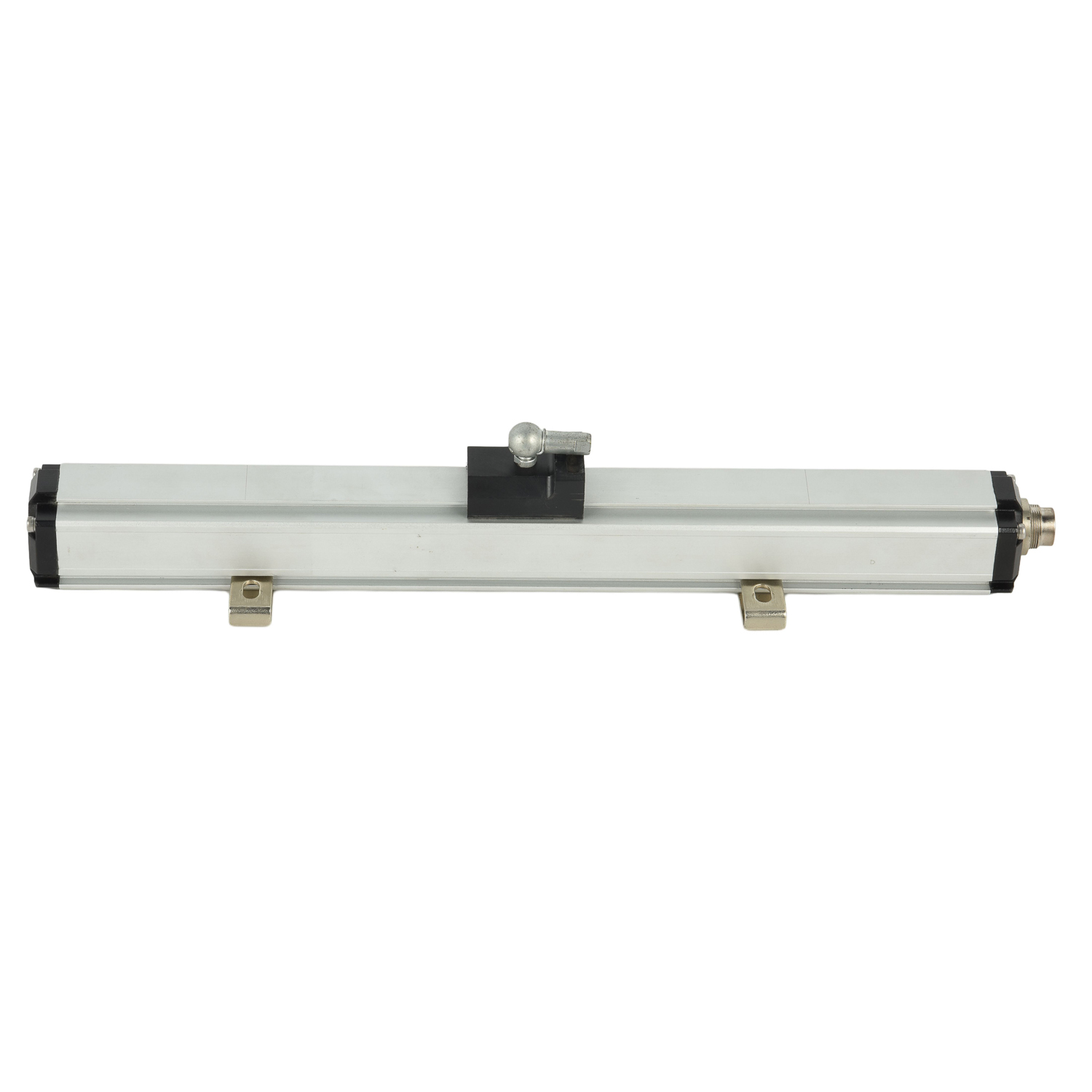Do magnetostrictive sensors require regular maintenance?
When implementing precision measurement systems in industrial environments, a common question arises regarding the maintenance requirements of critical components. Magnetostrictive sensors, known for their exceptional accuracy in position and level measurement, often become subjects of this inquiry. Unlike mechanical sensors with wearing parts, these electronic devices boast impressive durability, but this doesn't completely eliminate the need for periodic attention. Understanding their maintenance needs is crucial for ensuring long-term reliability and measurement accuracy in demanding applications.
Understanding Magnetostrictive Sensor Technology
Magnetostrictive sensors operate through the interaction between a magnetic field and a ferromagnetic material, utilizing the magnetostrictive effect to determine precise positions. This non-contact measurement principle inherently reduces mechanical wear compared to traditional sensing technologies. The fundamental design consists of a waveguide, position magnet, and electronic interrogation unit—components that typically experience minimal degradation under normal operating conditions. This robust construction contributes significantly to their reputation for low maintenance requirements in industrial settings.
Routine Maintenance Requirements
While magnetostrictive sensors are designed for longevity, they aren't entirely maintenance-free. Regular visual inspections should be conducted to check for physical damage, corrosion, or environmental contaminants that might affect performance. Electrical connections require periodic verification to ensure integrity, as loose connections can lead to measurement errors or complete system failure. For sensors in hazardous environments, checking explosion-proof certifications and enclosure integrity forms part of essential maintenance routines to maintain safety compliance.
Calibration Needs and Procedures
Magnetostrictive sensors generally maintain excellent long-term stability, but periodic verification against reference standards is recommended for critical applications. The calibration frequency depends on operating conditions—harsh environments with extreme temperatures, vibrations, or pressure fluctuations may necessitate more frequent checks. Most manufacturers recommend annual calibration verification for standard applications, though many users find their sensors maintain accuracy for significantly longer periods without adjustment.
Environmental Factors Affecting Maintenance
The operating environment dramatically influences maintenance schedules. Sensors exposed to excessive moisture, corrosive chemicals, or extreme temperatures may require more frequent attention. In high-vibration applications, mounting hardware and electrical connections should be inspected quarterly to prevent loosening. Industrial settings with significant electromagnetic interference should include regular signal integrity checks in their maintenance protocols to ensure measurement accuracy isn't compromised by external factors.
Cleaning and Preservation Techniques
Proper cleaning procedures help maintain optimal sensor performance. Using appropriate solvents that won't damage housing materials or affect magnetic properties is essential. Accumulated debris on the sensor rod can occasionally affect performance, particularly in level measurement applications. For hydraulic cylinder applications, ensuring clean hydraulic fluid through regular maintenance prevents contamination that could potentially affect the sensor's operation over time.
Diagnosing Common Issues
Understanding typical failure modes helps prioritize maintenance efforts. Common issues include signal drift, complete signal loss, or intermittent operation. These problems often stem from electrical connection issues, power supply problems, or environmental factors rather than sensor core failure. Systematic troubleshooting—checking power supplies, cable integrity, and connection points before suspecting the sensor itself—saves time and resources in maintenance procedures.
Predictive Maintenance Approaches
Implementing predictive maintenance strategies can optimize sensor lifespan and performance. Monitoring trend data from control systems helps identify gradual performance degradation before it affects processes. Some advanced magnetostrictive sensors incorporate self-diagnostic capabilities that alert operators to potential issues. Regular documentation of performance metrics creates valuable baseline data that simplifies troubleshooting and helps determine when maintenance is truly required versus when sensors continue operating within specifications.
Lifespan Expectations and Replacement Considerations
With proper installation and minimal maintenance, magnetostrictive sensors typically offer service lives exceeding five years in standard industrial environments. Many operate reliably for a decade or longer without requiring significant attention. When performance does degrade beyond acceptable limits, replacement rather than repair is often the most cost-effective solution given the precision nature of these devices and the specialized equipment required for recalibration.
Maintenance Best Practices Summary
Establishing a minimal but effective maintenance routine ensures optimal performance without creating unnecessary downtime. This includes annual visual inspections, verification of electrical connections every six months, and calibration checks according to application criticality. Keeping environmental protections intact and maintaining clean operating conditions significantly reduces maintenance requirements. Documenting all maintenance activities creates valuable historical data for future troubleshooting and lifespan predictions.
Conclusion: Balancing Maintenance and Performance
Magnetostrictive sensors represent one of the lowest-maintenance precision measurement technologies available, but they aren't completely maintenance-free. A balanced approach involving periodic inspections, environmental protection, and occasional calibration checks ensures these sensors deliver their promised accuracy and reliability throughout their extended service life. By understanding the specific needs of these devices, operators can implement just enough maintenance to ensure optimal performance without incurring unnecessary downtime or costs.

 UpgradingYourLevelMeasurementS
UpgradingYourLevelMeasurementS
 Why are magnetostrictive level
Why are magnetostrictive level
 ComparingMagnetostrictiveandRa
ComparingMagnetostrictiveandRa
 MagnetostrictiveLevelSensorfor
MagnetostrictiveLevelSensorfor
